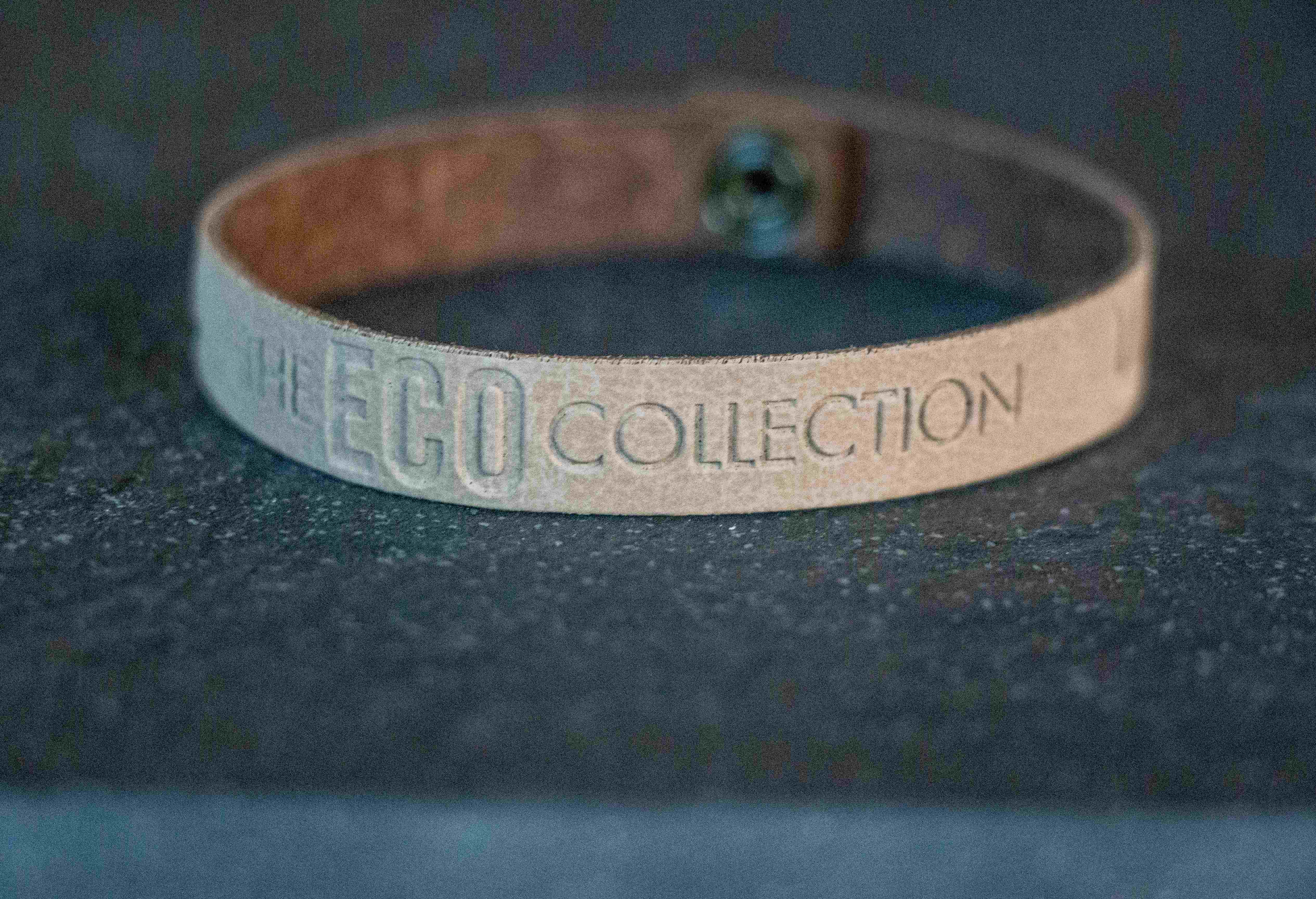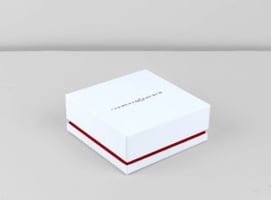Creative vs. Commercial: how to get the best of both Aspects of your Trims
4 min read timeIt is widely acknowledged in the fashion industry that a natural disconnect is often at work...
designs
5 Minute Read
Written by Weavabel, published 09/02/22 12:45

Materials, trims, colours, silhouettes — designers hold a great deal of power in the design process. The problem? Fast fashion forces designers to cut corners and focus on profits rather than consider the effects their designs have on the environment. Over 80% of a product’s environmental impact is determined during the design process, so something needs to change. That’s where circular design comes in.
Better design and designing for reuse can reduce material costs, landfill costs and create useful products. Circular design is all about designing with several life cycles in mind. Let’s look into the role design has on reducing environmental impact and how it can contribute to circular fashion.
Studies show 75% of the final production process and material decisions are made during the design stage. This figure alone shows that design has a significant impact on the environment. But although it has historically been part of the problem, it can still be part of a solution.
You can extend material life cycles and become more efficient by using the right processes and materials. The take-make-waste model has reached the end of the line. Now, rethinking the design process can accelerate the creation of more regenerative and restorative resources.
Circular design is so important because it’s difficult to reverse the impact of bad design choices once they’re implemented. Most packaging and clothing used today is disposed of after one short use. The fashion industry is the worst offender, with over 80% of materials destined for landfill — some of which sadly leaks into natural environments.
We can’t keep designing with finite resources, using them for short periods and then losing them entirely. Circular design allows us to keep materials in circulation and move towards a regenerative future with practical, innovative, long-lasting and environmentally friendly principles in mind.
But how do you make it happen?
Today, sustainability plays a pivotal role in circular design. Green design, eco-design, sustainable design — many concepts aim to decrease environmental damage while keeping design at the heart of the circular economy. Despite the concepts, linear design processes make it difficult to know how to make the change and where to start.
That’s where the Circular Product Design Framework comes in. It combines 14 different strategies focusing on design that lasts, even in the fashion industry. You can take a look at the entire framework in depth by clicking here, but here’s a quick breakdown of the different strategies and what to focus on.
Each strategy is broken down into further sub-groups. For example, the designing for recyclability strategy is all about removing barriers to recycling and enabling easy recycling processes. The framework highlights how you’d design with mono-materials, recycled materials and regenerative materials in mind.
These strategies are a great starting point when you want to identify and understand the options you have available.
For circular design to make an actual difference in the fashion industry, brands need to think about existing business models and make necessary changes. Everyone from stakeholders to suppliers and consumers need to be engaged when moving from a linear design model. With awareness, knowledge and commitment, circular design can become a reality.
It also comes down to other enablers, such as technology, innovations such as recycled fibres, education, consumer participation and policy implementation. Combined, these factors can help circular design fit into a wider circular fashion model that works.
There are some challenges, too. Consumer interest, effective collection and sorting schemes, poor reverse logistics processes, expensive recycling methods and quality concerns all stop circular fashion from cementing itself as the norm and the expectation.
Like the framework highlighted in the previous section, there are many strategies and thought processes to consider to prioritise circular design.
Start by designing for longevity. Durability and ensuring clothing is long-lasting means you can extend its lifespan and slow down resource loops. Here, designers can play a vital role by incorporating quality requirements, such as materials, while also building consumer attachment to avoid going down the disposable fashion route.
Disassembly is equally as important but is the part that tends to get ignored. Whether it’s clothing or packaging, consider how you can design with disassembly front of mind. It could be mixing different blended materials or even simplifying the material recovery process.
Design for recycling, too. Linear design ignores recycling entirely. It all starts with the materials, whether it’s for clothing or packaging, as prioritising longevity means you can facilitate recycling by minimising waste and rapid consumption. These strategies don’t end there either. It also involves:
Design plays a massive role in making a circular economy possible. Fast fashion isn’t going anywhere just yet, but more and more consumers are beginning to think twice about how and where they buy from. With design a big contributor to the problem, it needs to play its part.
Conscious brands are putting the microscope on brands that continue to harm the fashion industry’s reputation. While it’ll take time for drastic changes in attitude to happen, you can take the steps now to become more sustainable and do your part for the planet.
We’ve outlined valuable best practices in our checklist to ensure the fashion you create is as sustainable as possible. Whether it’s changes to packaging, trims, garment manufacturing or supply chains, the checklist features actionable steps you can take right now to limit your environmental impact — and appeal to consumer trends.
Get access for life using the button below.
Want to keep up to date with industry developments, trends, product launches and more? Sign up to our newsletter to get the latest delivered to your inbox.


